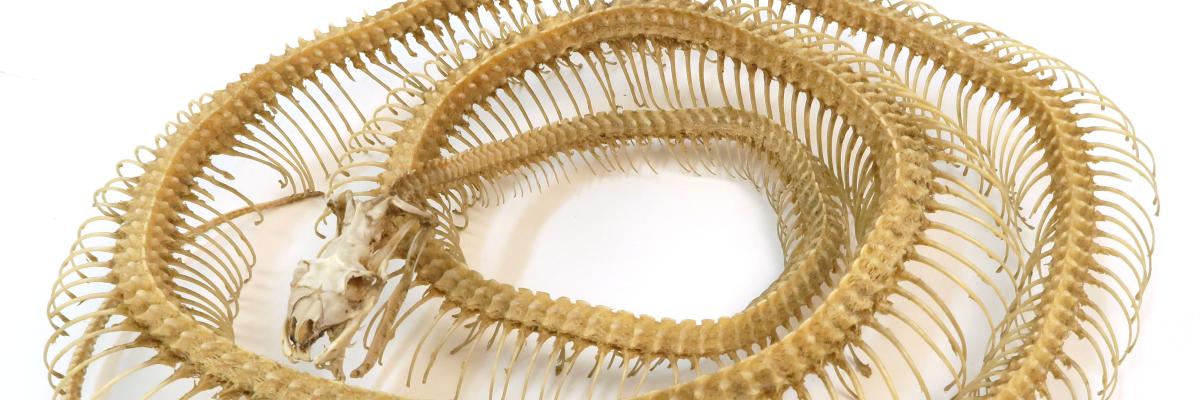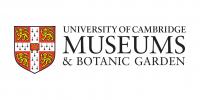
Submitted by Tricia Harnett on Wed, 31/01/2024 - 13:47
On February 1st 2024 we are opening a new exhibition ‘Growing a backbone: Rise of the vertebrates’ – this exhibition is the culmination of over two years of work using specimens from the museum collection to reveal how animals have adapted and evolved.
Heads, jaws, teeth, backbones, limbs. The evolution of these key features has allowed the vertebrates – animals with backbones – to diversify to include species as different as sharks, frogs, turtles, eagles, elephants, and humans. But how and why do these features evolve?
Modern and fossil specimens from the museum collections join with scientific discoveries – including new research at the University of Cambridge – to reveal how adaptations for feeding, swimming, flying, running, and crawling have evolved.
Stretching across the museum galleries, this exhibition will reveal the evidence for major turning points in evolution, such as the origins of jaws and teeth, how turtles got their shell, the deep history of the human spine and how snakes have lost, and may have regained, their legs.
The exhibition delves into the evolution of some of the key familiar features that make up the bodies of vertebrates, including humans and other mammals, sharks and other fishes, amphibians, and reptiles such as snakes, turtles and birds.
With exhibits across the museum, making use of animal specimens that have not been on display before, as well as stories spread throughout the permanent displays, visitors will explore the origin of our teeth and jaws (which evolved from scales and the bones supporting fish gills) as well as our backbone, head, arms and legs.
From the same overall body form, changes in the shape and number of ribs and vertebrae were involved in the evolution of animals with lifestyles as different as whales, tortoises, snakes, frogs and humans.
One display is titled ‘How to make a snake’. It tells the story of how these animals evolved their remarkable body-shape. It includes a 3.5-metre-long python skeleton that the museum reconstructed from 316 vertebrae and 518 ribs.
Snakes are famous for their leglessness, but visitors may be surprised to find that some snakes actually do have legs: a beautiful specimen shows the hips and hindlimbs of an anaconda.
A new display includes a huge baleen plate, reaching almost four metres long, from the mouth of a bowhead whale. Giant whales use baleen, which has hair-like fibres, to filter plankton from the water. They take massive gulps of water into their mouths and push it back out through the baleen, so their prey, such as tiny shrimp and fishes, get caught in the fibres and are then swallowed.
Another large new display focusses on the jaws of sharks and rays, which can include many hundreds of teeth each, which vary from razor-sharp blade-like teeth, to flattened paving-like structures which act like nutcrackers to crush mollusc shells and crustaceans.
Growing a backbone: Rise of the vertebrates is based on a major research project led by Jason Head, Professor of Vertebrate Evolution and Ecology and Curator of Vertebrate Palaeontology at the University Museum of Zoology, which explored how the evolution of key features in vertebrates, such as the spine, relate to their role in the environment across time.
Dr Head said, ’This exhibition connects the origins of features of our bodies with those of other vertebrates, and we hope visitors will come away with an appreciation of both how complex body parts evolve and how we are a part of the history of animals.’ He continued, ‘This is a rare opportunity to share active research with the public and shows how important museums are for our understanding of the diversity of life.’
The research and exhibition were funded by the UKRI Natural Environment Research Council.
The exhibition runs from February 1st to September 15th 2024





